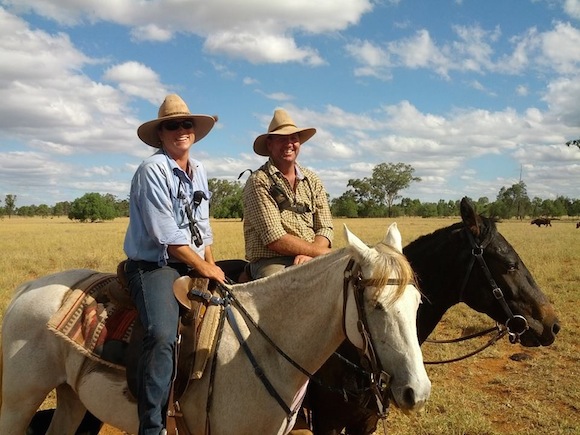Operation Return Home
Host: Southampton
Written by – Kylie Savidge, Owner, Southampton Station.
By early March plans were well under way to bring all our agistment cattle home. It was getting too costly for us to have them away much longer and with the rain that had fallen in February, we had a good green pick growing, it would need follow up rain to keep it going but what we had was a good start.
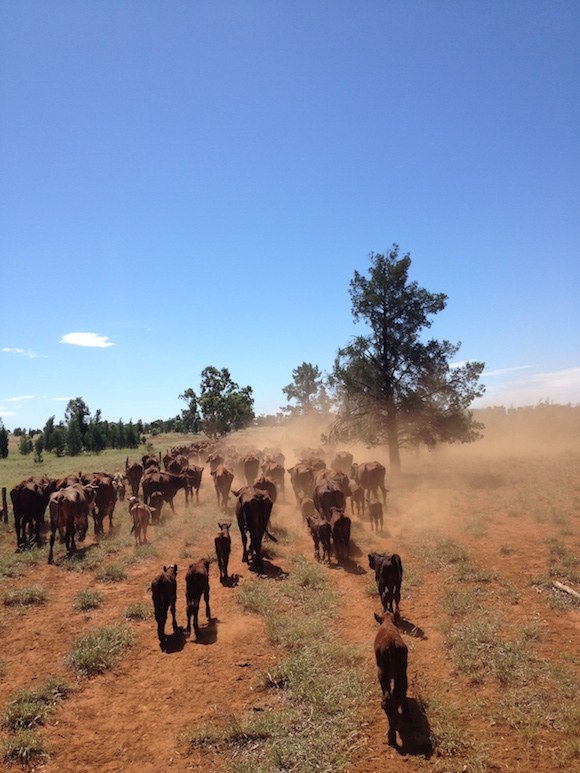 Cows and calves heading back to their paddock after processing.
Cows and calves heading back to their paddock after processing.
Jack had come home for a “home” weekend from school and had been unwell. After numerous trips to the doctors he was diagnosed with Q Fever. He has now recovered well, mostly due to him being very fit and healthy.
Q Fever is an illness caused by bacteria called Coxiella burnetii. The main carriers of the disease are farm animals such as cattle, sheep, and goats. In rural areas, kangaroos and pigs can also be carriers. A wide range of other animals can be infected including camels, llamas, alpacas, rodents, cats, dogs, birds, wallabies, and other marsupials. The bacteria can survive harsh conditions and remain in the environment for long periods of time, so hay, dust, and other small particles may also carry the bacteria.
He was rather pleased he was home for some part of the mustering involved in all of this. With plans in place, the gyrocopter was booked, the horses brought home and readied, bikes serviced and fuelled, and Operation Return Home commenced.
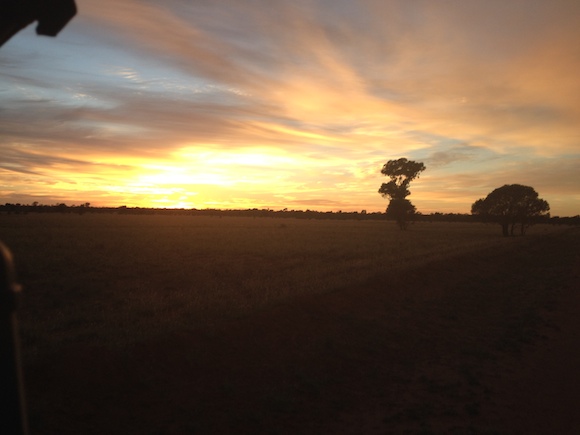
The paddock being mustered was about 5,000 acres of wall to wall mulga, so thick that the bikes couldn’t really leave the tracks and the horses had trouble following the cattle pads and in the pushed mulga there were sharp pointy bits of mulga every which way you turned.
At one point when I rode out onto a fence line in answer to Jack’s call for help I found Jack on the wing of the cattle, 30 or so cows on the fence and my father following the tail of the cattle in the dozer!! What a sight!
Very steady going indeed and it was all up to the eye in the sky, Clay our pilot and his trusty gyrocopter who without we would have got precisely 25 cows out of the 360 odd that had been taken away in the first place. As it was only 290 cows came home and out of all those cows that went and they were all in calf, only 150 calves were marked, rest casualties of horrendous drought conditions that no one could control. Days of over 47 degrees, the heat never waning, even overnight, not much can survive that and these little calves died in their dozens, under trees, in the shade of troughs, under the dozers. Some were found in enough time to save, most were not. You don’t come through these things unscarred. The rain hadn’t come soon enough for them and it couldn’t have come sooner for us either as we were all at the end of our reserves.
The cattle were walked home and then rested for a week before being brought into the yards for processing and buffalo fly treatment. These fly are cruel creatures, they bite the cattle in all the soft areas of their bodies and drink the blood, these bites turn into nasty big sores and the fly annoy the cattle day and night, no let up at all, stressing your cattle and causing them to lose weight. Normally they only occur after plentiful rain but this year they came anyway.
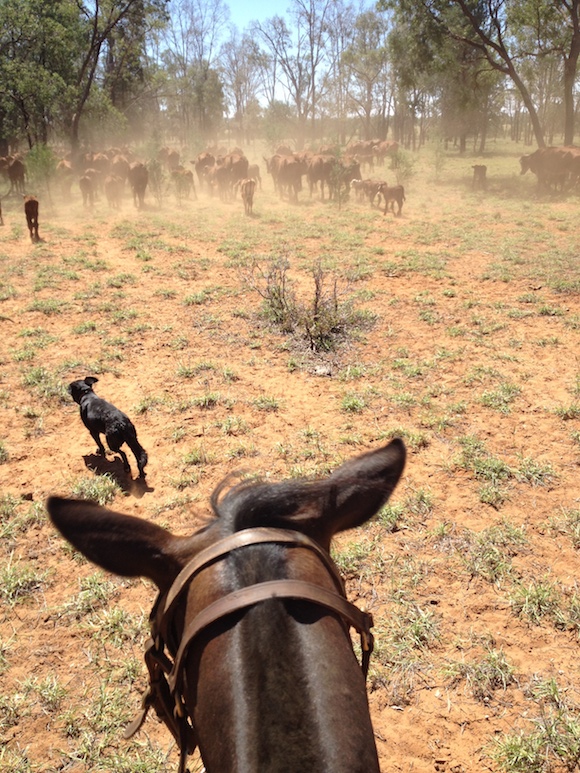
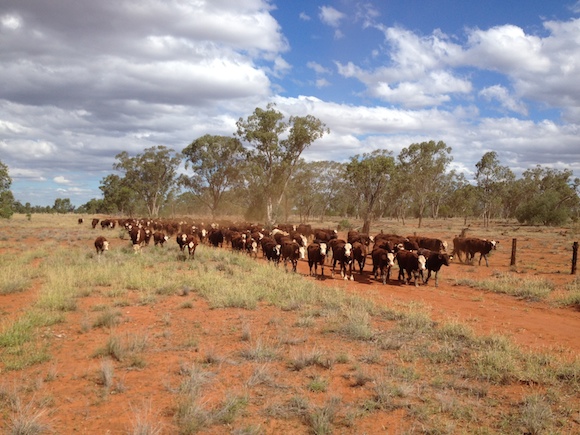
We then mustered and trucked home our weaners, the young steers and heifers were drafted up and sent to separate paddocks and the correct nutritional mineral supplements fed to them, they were also treated for fly and worms and then put out to what pasture and green grass was available and told to grow and get fat as we needed to be able offload them as soon as it were possible.
